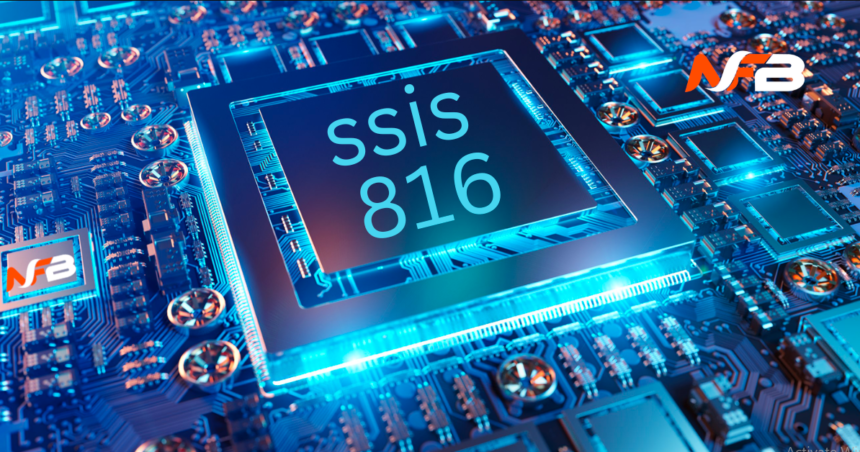Once upon a time in the bustling world of data management there existed a hero named SSIS 816. This revolutionary product from Microsoft wasn’t just a tool; it was a game-changer. Imagine a knight who could seamlessly manage integrate and transform data from various sources SSIS 816 was that knight in shining armor.
The Quest for Streamlined Data Processes
Our hero SSIS 816 embarked on a noble quest: to streamline the tangled web of data-related tasks. From extracting data to transforming it and loading it into its rightful place SSIS 816 wielded its sword or rather its code with precision. Businesses and enterprises across the land rejoiced as their data woes melted away.
Key Features of SSIS 816
- SSIS Scale Out: Our hero wasn’t content with mere single-server execution. No SSIS 816 could execute its packages across multiple servers simultaneously. Dynamic scaling load balancing these were its secret weapon.
- Efficient ETL Operations: ETL (Extract Transform Load) processes bowed before SSIS 816. It danced through data like a skilled troubadour harmonizing disparate sources into a symphony of insights.
- Monitoring and Upgrades: SSIS 816 didn’t rest on its laurels. It allowed vigilant monitoring and seamless upgrades ensuring it stayed battle-ready.
Tell me more about SSIS 816 features.
Let’s dive into the remarkable features of SSIS 816 Microsoft’s data integration powerhouse:
- Distributed Execution: SSIS 816 can execute packages across multiple servers simultaneously. Imagine it as a data-savvy octopus gracefully juggling tasks without missing a beat.
- Streamlined Administration: The unified administration interface simplifies managing SSIS Scale Out. It’s like having a control center for your data orchestra.
- Improved Fault Tolerance: SSIS 816 handles hiccups gracefully. If a server stumbles it gracefully recovers and keeps the data flow going.
- Enhanced Throughput: Data moves faster than a caffeinated squirrel on SSIS 816. It optimizes performance ensuring your ETL processes sprint to the finish line.
How can I get started with SSIS 816?
Let’s embark on your SSIS 816 journey.
Installation and Setup:
- Install SQL Server and include the SSIS component.
- Create a new SSIS project using SQL Server Data Tools (SSDT).
Designing SSIS Packages:
- SSIS packages are the building blocks of data integration. Use control flow and data flow components to orchestrate your ETL processes.
Debugging and Testing:
- Validate your packages to ensure they work as expected.
- Debug any issues using breakpoints data viewers and logging.
Deployment and Execution:
- Deploy your SSIS packages to the desired environment (e.g. SQL Server Azure Data Factory).
- Execute them to move and transform data seamlessly.
How can I optimize performance in SSIS 816?
To optimize performance in SSIS 816 consider the following tips and techniques:
- Use Parallelism:
SSIS 816 can run multiple tasks or packages simultaneously reducing execution time and improving resource efficiency.
- Buffer Management:
Optimize buffer sizes to balance memory usage and data throughput during transformations.
Conclusion
And so dear reader our tale nears its end. SSIS 816 the unsung hero transformed data integration. It wasn’t just a tool; it was a legacy a beacon for data enthusiasts analysts and developers alike.
In conclusion, let us raise our virtual goblets to SSIS 816. May its code forever flow like a mighty river shaping the landscape of data-driven endeavors.



